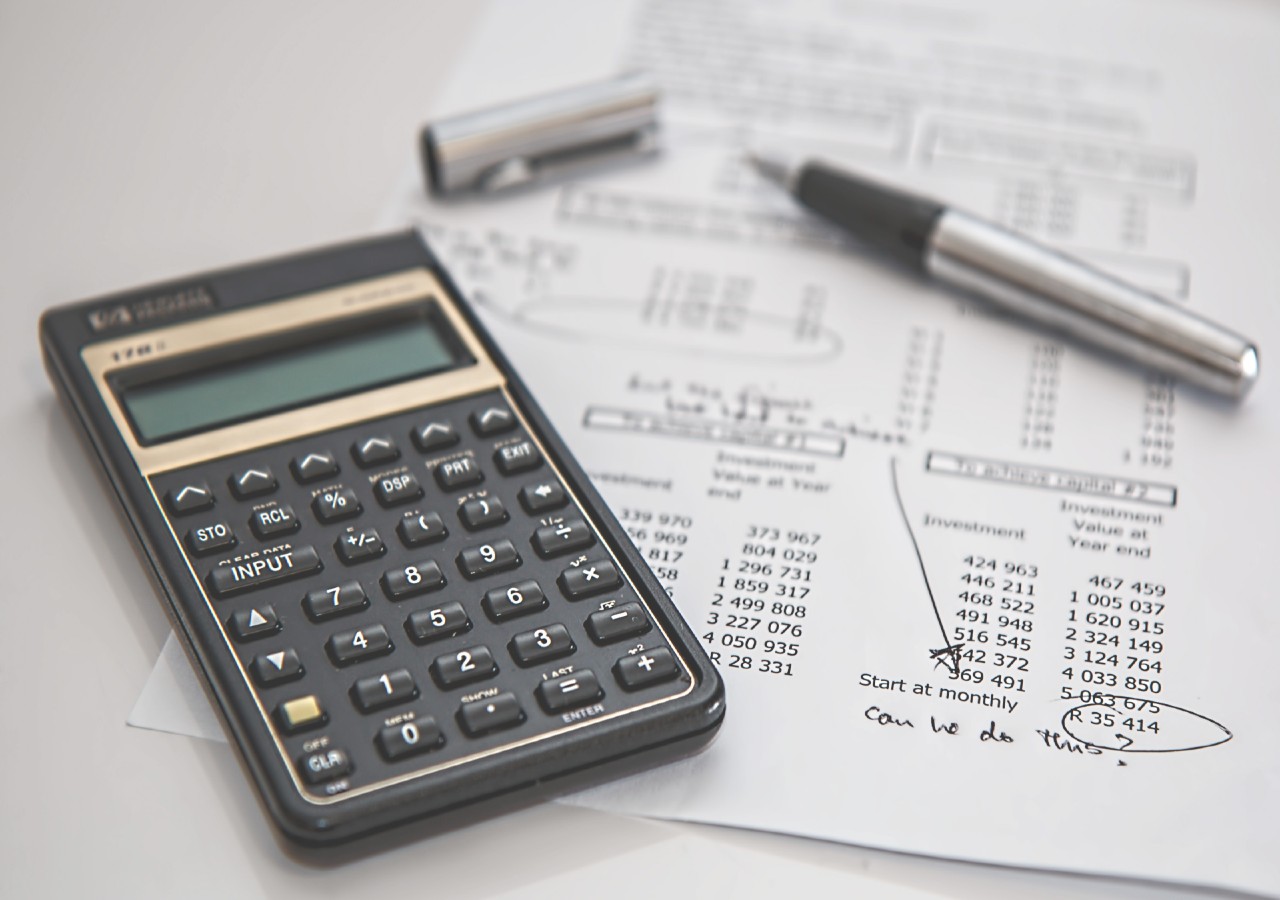In this Article

Why go online?
Industrial (internet of things) IoT projects, for providing hands-on visibility and control capabilities for remote equipment, require a larger initial investment than portable or localised monitoring solutions. The advantage is obviously the 24 / 7, anywhere, anytime, control that cannot be matched. Governments, farms, factories and other early adopters are jumping on the IoT train as it heads out of the station and into the wilderness.
Budgeting Traps
The major trap that many of these early adopters stumble onto is simply not allocating the right resources to ensure it’s success. Sure, Industrial application of IoT provide multiples of a return on the investment but projects that try to save a few dollars by lets say, using substandard hardware, or not providing appropriate user training, are going to provide a lower return on investment.
Considering that an online monitoring system should have a 10-25 year lifespan, is it really worth saving a dollar today to cost 10 down the track?
With this in mind, it’s important to understand the true cost of implementation. In this way projects are scoped properly, perform better, and the total cost of ownership over the life cycle can be reduced.
Calculating the Total Project Cost
To accurately assess the Total Cost of implementation of an industrial IoT project, the user must consider the cost of data acquisition and analysis equipment plus installation.
To accurately assess the Total Cost of Ownership, asset owners must consider all of the following investments, in no particular order:
- System Engineering and installation
- Field instrumentation (Sensors and Cabling, WiFi)
- Monitoring and Diagnostic System (Including Hardware and Software)
- User Training and Customer Support (if Required)
- System Maintenance (Sensor replacement, software updates)
- Necessary external expertise and support.
Industrial IoT projects typically have a finite life cycle, which will extend anywhere from 10 to 25 years and beyond. The maintenance and support costs should be considered for this period to ensure that all costs are adequately assessed for the total cost of ownership.
Project Cycle Expenditure
The amount of expenditure is broken into the following parts for a new installation however this may vary dependent on the industry and system being deployed.
- Feasibility and Pre-Engineering – 10%
- Procurement – 40%
- Installation – 30%
- Commissioning – 20%
Following the project deployment, consideration must be given to the ongoing maintenance and support costs that have been mentioned previously. The total cost of ownership is the combination of these costs. Many industrial IoT systems can send thousands of messages a day, meaning that consumption can be quite high, leading to high ongoing data processing and storage costs. This can range from a few dollars to thousands of dollars a day.
Related Blog Posts
How Smart Cities Connect: Getting Started with Edge AI and IoT Technology
How to Get Started with Edge AI and IoT Technologies in Smart Cities: Overcoming Integration Challenges In recent years, the concept of smart cities has evolved from a futuristic Read More
5 Step Strategy: Ensuring Security and Privacy in 15-Minute Smart Cities
Introduction Ensuring security and privacy in 15-minute smart cities is a critical challenge as urban areas become increasingly connected through IoT and edge AI technologies. These cities aim to Read More
What is a smart city and the challenge of legacy systems
How to Get Started with Integrating Legacy Systems in Smart Cities Smart cities are transforming urban landscapes by leveraging technology to improve the quality of life for residents. However, Read More



